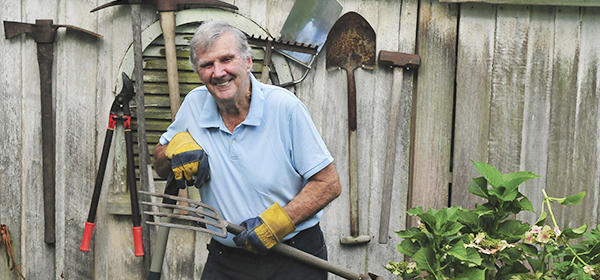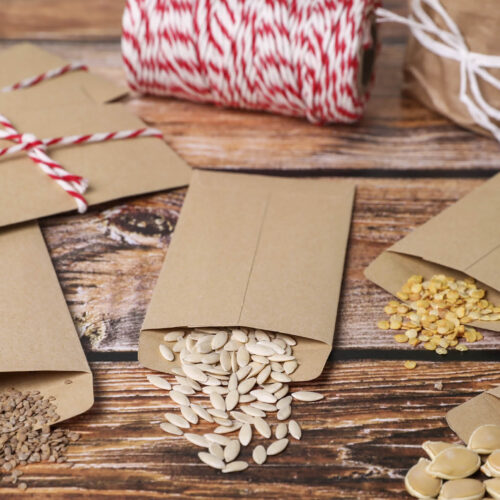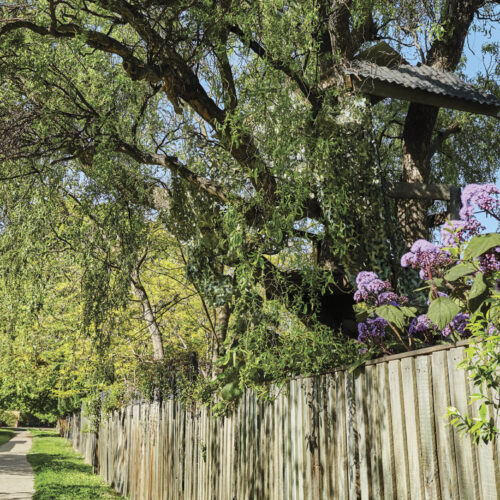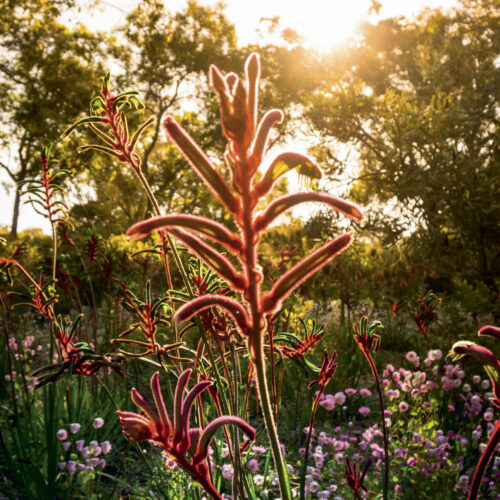Life Lessons
2012-07-23T13:07:31+10:00
PETER CUNDALL reflects on his lifelong journey of learning about organic gardening.As a child during the Great Depression of the 1930s, I grew vegetables organically, but didn’t know it. In those days, few people knew what organics was all about anyway. And artificial fertilisers and poisonous sprays were unaffordable, so my little patch remained pure.
As a child during the Great Depression of the 1930s, I grew vegetables organically, but didn’t know it. In those days, few people knew what organics was all about anyway. And artificial fertilisers and poisonous sprays were unaffordable, so my little patch remained pure.
I remember gazing admiringly at rows of healthy cabbages and huge rhubarb clumps, grown by an old man in a nearby allotment. He gave me a nudge and, nodding at a large dray-horse thumping past, whispered: “There’s the secret lad. Get yourself a bucket. Never forget, where there’s muck there’s real wealth and I don’t mean money.”
So I became the little boy who hopefully followed horse-drawn carts, carrying a bucket and a wide hearth shovel. It was the beginning of a never-ending, lifelong learning process. I even discovered that rattling my shovel in front of a waiting horse often caused it to lift its tail and present me with a glorious bucketful of steaming horse muck.
Like most aspiring gardeners, I made mistakes and learned from them.
Fresh manures of any kind are too strong and bad for the soil. They act like salt, drawing moisture from the roots of plants, often killing young seedlings. They also destroy fertility. Yet, when left to rot and mixed with soft organic matter, such as grass clippings, leaves and wilted weeds, they transform into magnificent fertiliser.
Voyage of discovery
Right from the start I unknowingly practised the essence of organics, which is to continually give back to the soil a little bit more than what we take from it. Organic gardeners soon learn that there’s more to growing things than fertilising, sowing, planting and watering. It becomes a non-stop voyage of discovery and the more experienced we become the easier it gets.
This is why our excitement never diminishes and this glorious gardening addiction intensifies as we grow older. Above all, we learn to observe how and where different plants grow best, why they succeed or fail and how we can make them resistant to pests and diseases.
It is the sheer pleasure of constant observation that enables us to discover something new almost every day. A vital gardening job is just strolling around, examining plants.
Over the past few years, gardeners have been increasingly frustrated by the devastation caused by infestations of greenhouse thrips. These tiny rasping pests feed beneath the foliage of Sweet Bay (Laurus nobilis), rhododendrons and other plants, weakening them and causing attacked leaves to turn silver-grey.
Thrips have proved so difficult to control that many people have stopped growing vulnerable plants. A few weeks ago in a local park, I noticed dozens of old rhododendrons and laurels totally free of these pests. Looking closely I discovered why. All these plants were watered by ground-level sprinklers, so the undersides of the leaves were constantly kept moist. Thrips detest water, which is why they live, feed and breed beneath leaves, sheltered from rain.
I immediately set a sprinkler beneath some badly infested plants in our garden and every evening for a couple of weeks gave the undersides of the leaves a 30-second blast of water. Within 10 days the huge population of aggressive thrips, which had plagued our plants for years, had been wiped out. It took me a lifetime to discover this simple, cost-free solution. We never stop learning.
Secrets of soil
Long ago I experienced the bitter lesson of being too clever by half. A month after digging in a luxuriant green manure crop, enriched with blood and bone fertiliser, I confidently sowed a main summer crop of carrots and parsnips. In the rich soil the plants grew with impressive vigour, developing enormous masses of lush foliage.
Triumphantly I pulled the first roots. They were so forked and distorted that they were useless. The crop was a waste of time and space. That’s when I learned that carrots and parsnips produce smooth, straight roots only in relatively hungry soil.
When grown in highly fertile ground enriched with organic matter, these vegetables go silly, sending numerous, searching roots in all directions. I still dig in green manure and enrich the soil, but mainly for greedy leaf crops such as cabbage, cauliflower, silverbeet and lettuce.
It is similar with tomatoes. Every autumn, vegetable growers are disappointed because their massive tomato plants have been virtually non-productive. Great trusses of green tomatoes have formed too late in the season to ripen. Those that ripened are tasteless. The cause is over-rich soil, usually from nitrogen-rich poultry manure or fish emulsion.
Tomato plants don’t need high-nitrogen fertilisers any more than we need fat-saturated, heavily salted, sugar-laden junk food.
Slightly starved tomato seedlings are forced to flower and bear fruit earlier because of stress. Once we have tricked tomato plants into this production mode they no longer go to fat, making it safe for us to enrich the soil a little. The rewards are bigger crops of tastier tomatoes on healthy, sturdy plants.
This then, is what organic growing is all about. It is an answer to all the problems of modern society. All those years ago when an old man nudged a little boy and whispered “Where there’s muck there’s wealth”, he meant real wealth – perfect health and contentment. I’m 85 years old now and getting stuck into the soil has given me the lot. What more could anyone want at virtually no cost?






